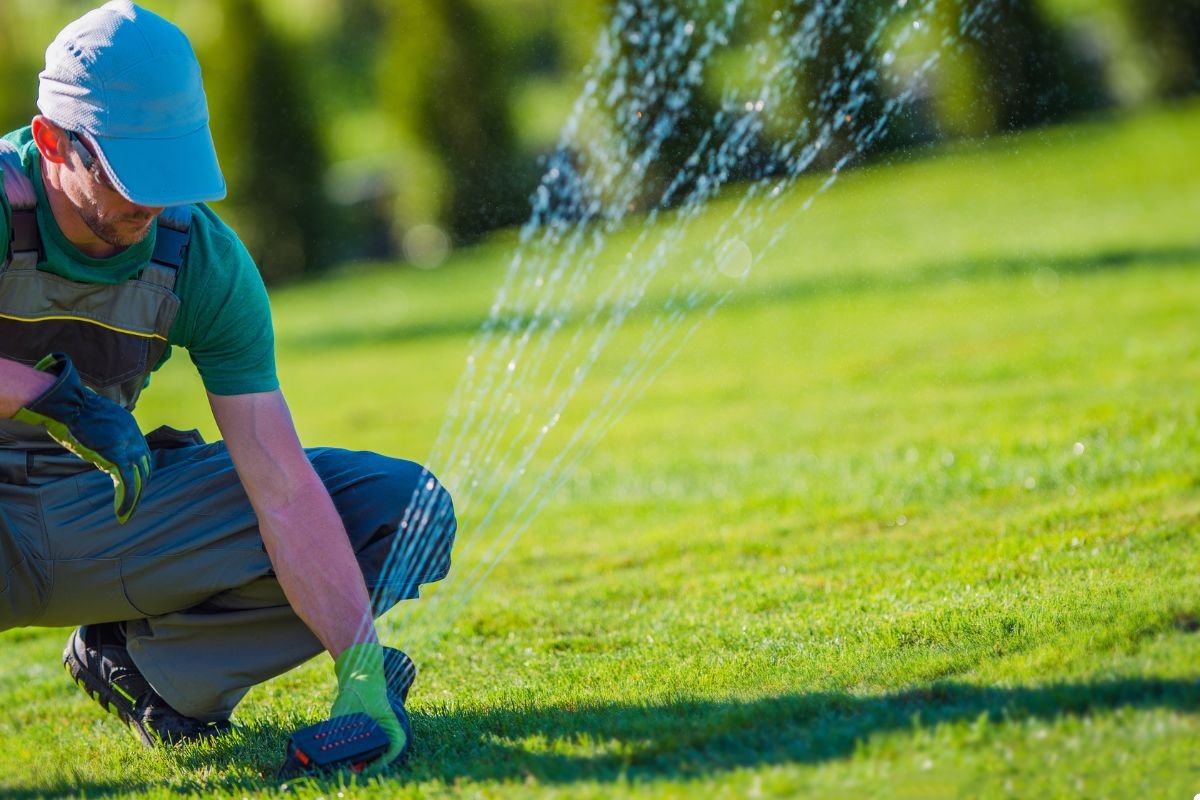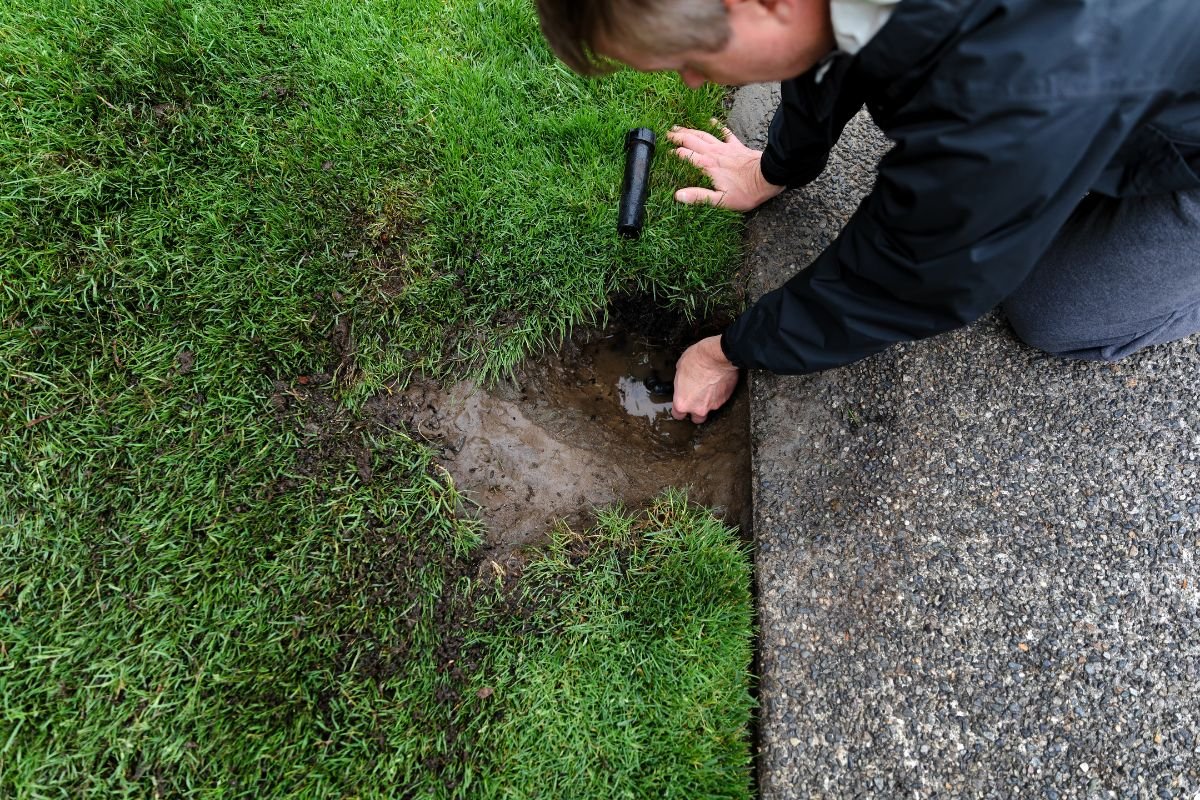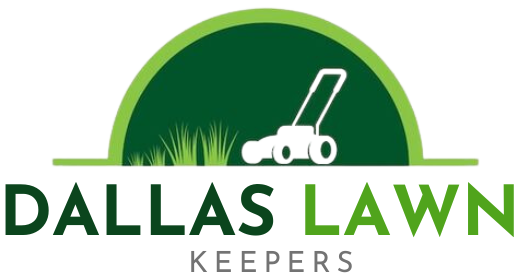
Do you dream of a lush, green lawn in Dallas that’s the envy of the neighborhood? Achieving a thriving lawn in the Texas climate requires a well-thought-out and consistent lawn care schedule. This guide provides a comprehensive, step-by-step plan tailored specifically for Dallas lawns, covering everything from identifying your grass type to tackling common problems. Follow this guide, and you’ll be well on your way to a healthy, beautiful lawn that stands up to the Dallas heat! For expert advice and personalized lawn care, call us today and let us help make your dream lawn a reality!
Why a Lawn Care Schedule Matters in Dallas
Maintaining a vibrant lawn in Dallas requires expert care tailored to the local climate. Our lawn treatment services ensure your lawn receives the right nutrients and protection, helping it thrive year-round. Contact us today for customized solutions that keep your lawn lush and healthy!
Understanding Your Dallas Lawn
Before diving into a schedule, it’s crucial to understand the specifics of your lawn.
Identifying Your Grass Type
The type of grass you have will dictate the optimal care routine. Common warm-season grasses in Dallas include:
- Bermuda Grass: Highly drought-tolerant and thrives in full sun.
- Zoysia Grass: Offers good density and shade tolerance.
- St. Augustine Grass: Known for its broad leaves and shade tolerance.
While less common, cool-season grasses like fescue may also be present, requiring a slightly different approach. Knowing your grass type ensures you select appropriate fertilizers, mowing heights, and watering strategies.

Soil Testing: The Foundation of a Healthy Lawn
Why Soil Testing is Important
A soil test provides valuable insights into your lawn’s nutrient levels and pH balance, ensuring you know exactly how to fertilize your lawn for optimal growth. By identifying deficiencies and correcting pH imbalances, you can improve nutrient absorption and achieve a healthier, more vibrant lawn.
How to Perform a Soil Test
You can purchase a DIY soil test kit from a local garden center or hire a professional lawn care service to conduct a test. Collect soil samples from various areas of your lawn, following the instructions provided with the test kit.
Understanding Your Soil Test Results
Your soil test results will indicate the pH level and the levels of essential nutrients like nitrogen, phosphorus, and potassium. This information will guide your fertilization strategy. If your pH is too high or too low, you may need to amend the soil with lime or sulfur.
The Seasonal Lawn Care Schedule for Dallas
Now, let’s break down the essential lawn care tasks for each season:
Spring Lawn Care (March – May)
- Spring Clean-Up: Remove any lingering debris, leaves, or branches that have accumulated over the winter.
- Fertilizing for Growth: Apply a fertilizer formulated for your grass type to promote healthy growth.
- Pre-Emergent Weed Control: Apply a pre-emergent herbicide to prevent weed seeds from germinating.
- Overseeding (If Necessary): If you have bare patches or thinning grass, overseed with the appropriate grass seed.
- Spring Mowing Tips: Start mowing regularly, maintaining the recommended mowing height for your grass type.
Summer Lawn Care (June – August)
- Watering Strategies for the Texas Heat: Water deeply and infrequently, aiming for about 1 inch of water per week. Water early in the morning to minimize evaporation.
- Proper Mowing Height: Maintain the recommended mowing height for your grass type to encourage healthy growth and moisture retention. Following a proper mowing schedule for lawns ensures your grass stays strong and resilient, with taller blades helping to shade the soil and conserve water.
- Insect and Disease Control: Monitor your lawn for signs of insect infestations or diseases. Treat as needed with appropriate pesticides or fungicides.
- Spot Treating Weeds: Manually remove any weeds that emerge or spot-treat them with a post-emergent herbicide.
Fall Lawn Care (September – November)
- Fall Fertilization: Apply a fertilizer with a higher phosphorus and potassium content to promote root development and winter hardiness.
- Aeration and Dethatching: Aerate your lawn to improve soil drainage and reduce compaction. Dethatch to remove any excessive buildup of dead organic matter.
- Overseeding (If Necessary): If you have bare patches or thinning grass, over seed with the appropriate grass seed.
- Leaf Removal: Rake or blow leaves regularly to prevent them from suffocating your gra
Winter Lawn Care (December – February)
- Dormancy and Protection: Allow your lawn to go dormant naturally and protect it from unnecessary stress. For more expert tips on maintaining a thriving lawn, check out the ultimate guide to a healthy green lawn for all the essential care strategies you need!
- Minimal Watering (If Needed): Water only if the soil becomes excessively dry.
- Equipment Maintenance: Clean and maintain your lawn care equipment to ensure it’s ready for the spring season.

Lawn Care Best Practices for Dallas
Mowing Techniques for a Healthy Lawn
- The One-Third Rule: Never remove more than one-third of the grass blade in a single mowing.
- Mowing Patterns: Vary your mowing patterns to prevent soil compaction and promote even growth.
- Keeping Blades Sharp: Sharp mower blades make clean cuts, reducing stress on the grass.
Watering Your Lawn Effectively
- Deep and Infrequent Watering: Water deeply and infrequently to encourage deep root growth.
- Best Time to Water: Water early in the morning to minimize evaporation and ensure your lawn gets the hydration it needs. Water your lawn responsibly by using efficient irrigation methods and watering at the right times to conserve water and promote healthy growth.
- Using a Sprinkler System: If you use a sprinkler system, ensure it’s properly calibrated to deliver the right amount of water.
Fertilizing Your Lawn Properly
- Choosing the Right Fertilizer: Select a fertilizer formulated for your grass type and soil conditions.
- Application Techniques: Apply fertilizer evenly, following the instructions on the product label.
- Avoiding Over-Fertilization: Over-fertilizing can damage your lawn and pollute waterways.
Weed and Pest Control
- Identifying Common Weeds in Dallas: Learn to identify common weeds in your area, such as crabgrass, dandelions, and nutsedge.
- Organic Weed Control Options: Consider using organic weed control methods, such as hand-pulling or applying vinegar-based herbicides.
- Safe Pest Control Methods: Use pesticides sparingly and choose products that are safe for your family, pets, and the environment.
Troubleshooting Common Lawn Problems in Dallas
Identifying and Addressing Lawn Diseases
- Brown Patch: A fungal disease that causes circular brown patches in the lawn.
- Take-All Root Rot: A fungal disease that damages the roots of St. Augustine grass.
- Other Common Diseases: Gray Leaf Spot, Dollar Spot.
Dealing with Lawn Pests
- Grubs: Beetle larvae that feed on grass roots.
- Chinch Bugs: Small insects that suck the sap from grass blades.
- Armyworms: Caterpillars that can quickly defoliate large areas of lawn.
Addressing Bare Patches and Thinning Grass
- Causes of Bare Patches: Common causes include disease, pests, compaction, and excessive shade.
- Repairing Bare Spots: Loosen the soil, add compost, and overseed with the appropriate grass seed.
Frequently Asked Questions (FAQs)
How often should I water my lawn in Dallas during the summer?
Aim for about 1 inch of water per week, watering deeply and infrequently. Water early in the morning to minimize evaporation. Ensure your lawn stays healthy with proper watering techniques. Contact us today for expert advice on keeping your lawn vibrant and thriving!
What’s the best type of grass for my lawn in Dallas?
Bermuda, Zoysia, and St. Augustine are all popular choices for Dallas lawns, each with its own pros and cons. Consider your specific needs and preferences.
When should I fertilize my lawn in Dallas?
Fertilize in the spring and fall, using fertilizers formulated for your grass type and the season.
Conclusion
Maintaining a beautiful Dallas lawn requires a proactive and consistent approach. By following this comprehensive lawn care schedule and addressing common problems promptly, you can achieve a healthy, vibrant lawn that enhances your property’s curb appeal. Remember to adapt the schedule to your specific lawn’s needs and consult with a professional lawn care service for personalized advice. For expert assistance, call us today and let us help you achieve the lawn of your dreams!
